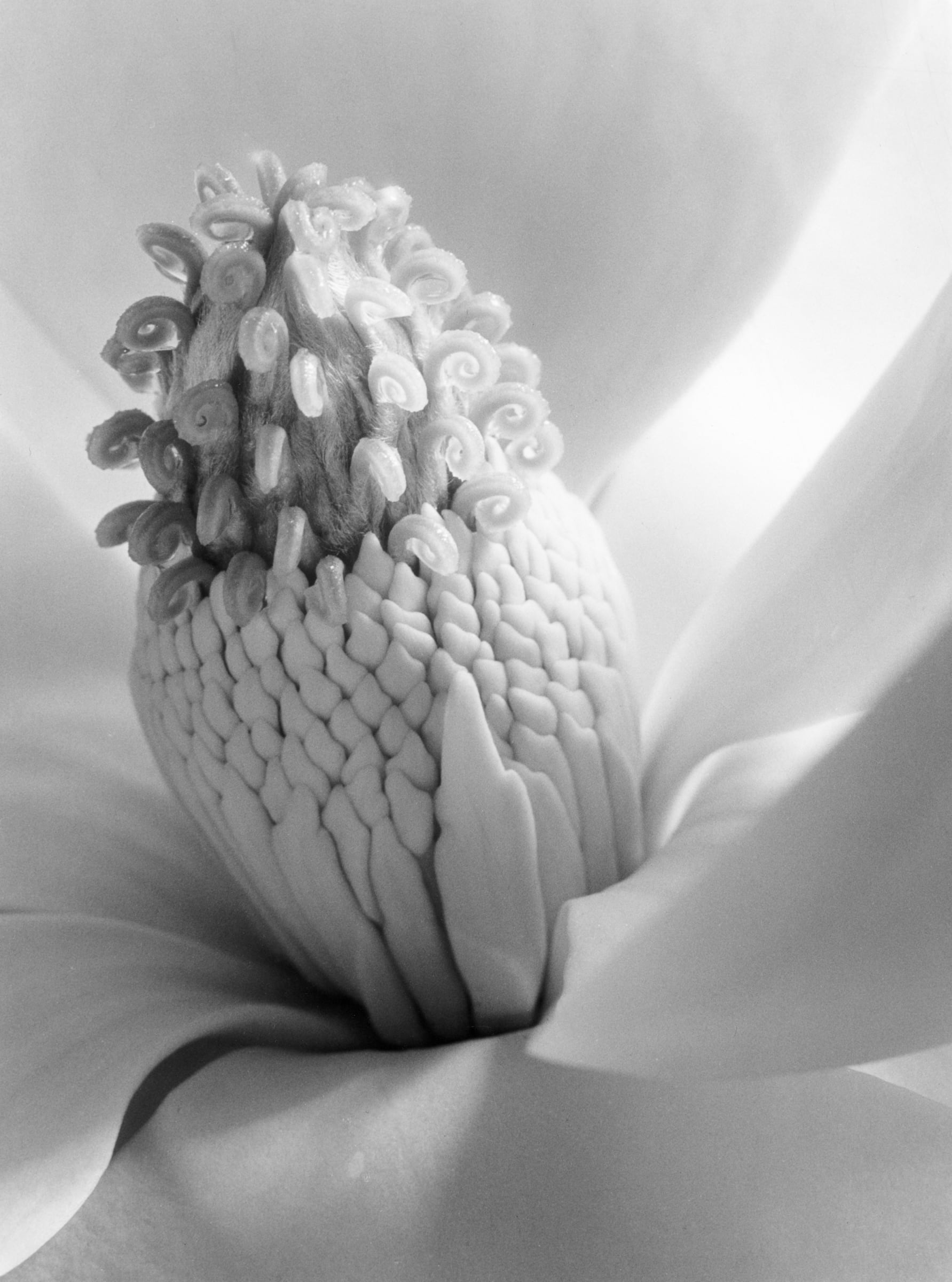7:08 AM
8:14 AM
5:46 PM
6:35 PM
7:28 PM
8:48 PM

Imogen Cunningham was a famous American photographer, best known for her photos of nudes and plant forms. She was born on April 12, 1883, in Portland, Oregon. She received her first camera in 1901, a 4×5 inch viewing camera, for $15, after ordering it from the American School of Art in Scranton, Pennsylvania. She then lost interest and sold the camera to her friend. In 1903, Cunningham began to study chemistry at the University of Washington in Seattle.
Three years later, in 1906, Cunningham developed an interest in photography once more, after an encounter with Gertrude Käsebier’s works. After this event, she began to study the chemistry behind photography, with support from her professor, Horace Byers. She even paid for part of her tuition by photographing plants for the botany department, and by 1907, Cunningham graduated.

During her time at university, Cunningham had found inspiration through the works of Käsebier, and Alfred Stieglitz, as well as through the photography movement, Pictorialism. To further explore her interest and to utilize her inspiration, after graduating, Cunningham began to work under Edward Curtis as a photo technician in his studio in Seattle. Under his tutelage, she learned more about portraiture and the practical side of photography. In 1909, she earned a scholarship from her sorority to study at the Technische Hochschule in Dresden, and she left Seattle. There, she studied under Professor Robert Luther and by May 1910, she finished her paper on a process that could improve the printing speed and clarity of highlights in photos, as well as produce sepia tones.

Later that year, she headed back to Washington and opened her own studio, where she quickly built herself a solid reputation for her portraits and pictorial work. By 1913, she was a highly sought after photographer and had he works displayed in several exhibits. In 1915, she married Roy Partridge, who would become the subject for many of her works. Between 1915 to 1920, the couple had three kids, Gryffyd, Rondal, and Padraic, which would lead Cunningham to dedicate a large amount of her photos towards her family. By 1920, the family had moved to San Francisco, and there, Cunningham began to shift her focus towards the botanical. In the late 1920s, she became interested in industrial landscapes before joining many West coast photographers in Group f.64, in 1932.
Her works for Group f. 64 lead to the revival of West coast photography and ultimately led to her employment by Vanity Fair. In 1934, she was invited to work for them in New York, leading to her divorce to her husband. She worked for them until they stopped publication in 1936, and then moved on to street photography in the 1940s. By 1947, she became an instructor at the San Francisco Art Institute, and earned several awards until her death in 1976.
Sources